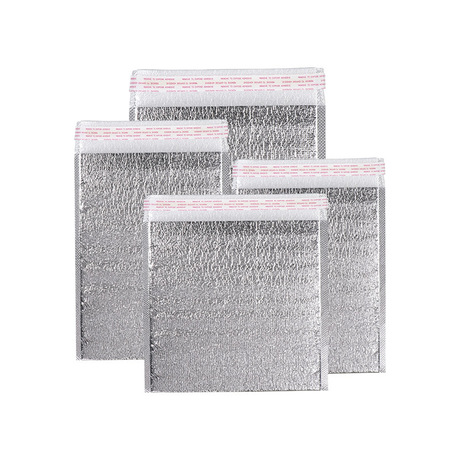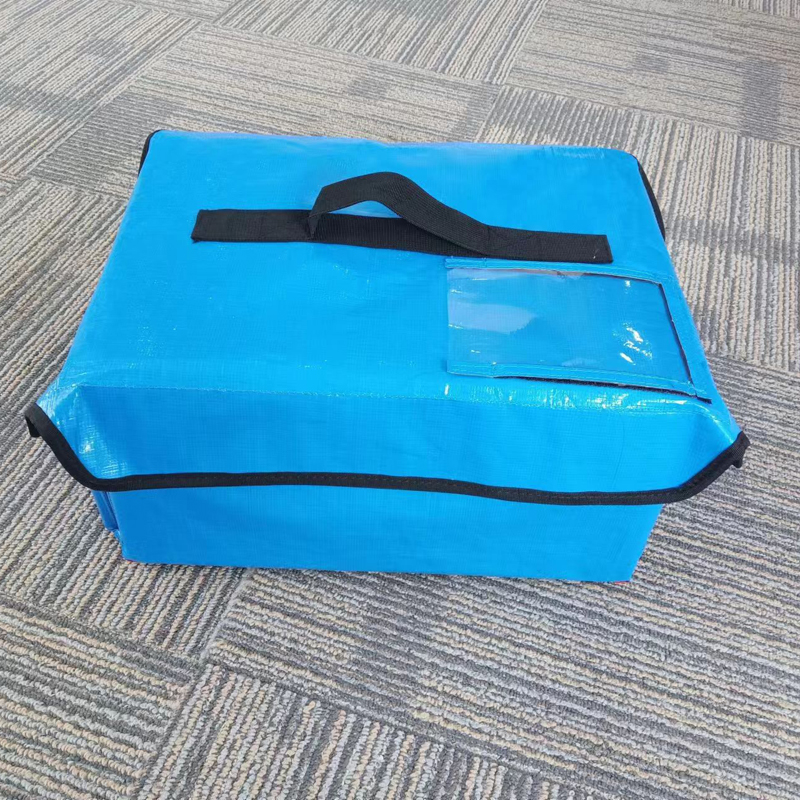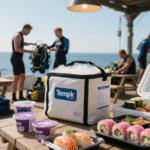Federasi Logistik China & Pembelian: Konstruksi sistem rantai pasokan logistik internasional semakin cepat, and International Logistics Operations Continue to Improve

The China Federation of Logistics & Purchasing announced at the “Khorgos International Logistics and Supply Chain Summit Forum” that the development of the international logistics supply chain system is gaining momentum. National plans, including the “14th Five-Year Plan for Modern Logistics Development” and others, have outlined specific goals for advancing the international logistics supply chain. Key logistics enterprises are expanding their networks, and initiatives like the “Two Belts and Ten Corridors” are advancing steadily. National logistics hubs and cold chain logistics bases are growing rapidly.
Foreign trade shipping, China-Europe freight trains, and the new land-sea corridor are seeing improved operations. From January to August, national ports handled 3.34 billion tons of foreign trade cargo, ke atas 9.7% tahun ke tahun, and air transport recorded a 4.9% meningkatkan. China-Europe freight trains transported 1.262 million TEUs, A 23% meningkatkan. Key land ports like Khorgos saw an 89.1% growth in cargo volume.

Saat ini, China has 125 national logistics hubs, 66 national cold chain logistics bases, dan lebih dari 2,500 large-scale logistics parks. President He Liming emphasized leveraging the strong domestic market and logistics network to strengthen international logistics hubs, improve connectivity with overseas markets, and optimize the reserve structure of strategic resources. This approach aims to bolster China’s supply chain security and promote the global expansion of domestic products.























